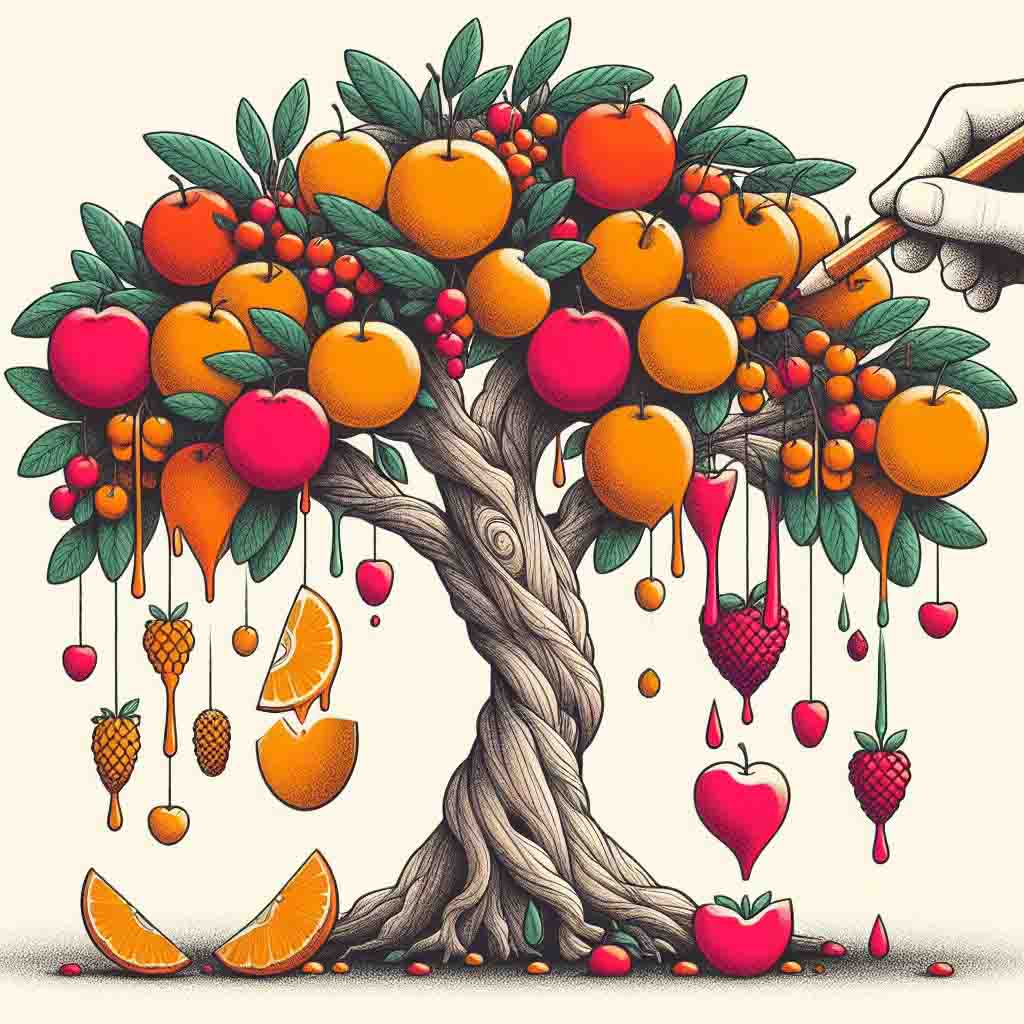What is a simile?
A simile is a figure of speech that compares two different things using the words "like" or "as."

What is Simile?
Simile is an art of comparing two things that are different but both possess some similar quality.
Read the following explanation to know more:
1. She is like a rose.
- In this simile "she" is compared to "rose". Now, "rose" and "she" are different things, but they possess one similar characteristic in common, namely "beauty".
2. He runs like a cheetah.
- In this simile "he" is compared to "cheetah". Now, "cheetah" and "he" are different things, but they possess one similar characteristic in common, namely "speed".
- First, it always uses 'like' or 'as' to signal a comparison.
- Second, it compares two different things — not things that are already alike.
- Third, a simile's main goal is to create vivid imagery, making your descriptions more engaging and memorable."
Examples of Simile
1. Robert Burns:
My love is like a red, red rose. (Compares love to a rose using "like.")
2. Langston Hughes:
Life is like a broken-winged bird. (Compares life to a bird using "like.")
3. Emily Dickinson:
Hope is like a bird. (Compares hope to a bird using "like.")
4. Ray Bradbury:
She is as pretty as a picture. (Compares a woman's beauty to a picture using "as.")
5. William Shakespeare:
His words fell like leaves. (Compares the manner of his words falling to leaves using "like.")
6. Tennessee Williams:
The night is as dark as coal. (Compares the darkness of the night to coal using "as.")
7. Mark Twain:
It's like finding a needle in a haystack. (Compares a difficult search to finding a needle using "like.")
8. Robert Frost:
Her smile was like sunshine. (Compares her smile to sunshine using "like.")
9. Jack Kerouac:
He ran like the wind. (Compares his speed to the wind using "like.")
Functions of Simile
Simile helps to understand and feel the poem by creating a richer and more engaging experience for the reader of a poem. Here's how each contributes:
(i) Simile Helps Understanding.
Simile compares an unfamiliar thing to a familiar one which creates a clear picture in the reader's mind. This helps the reader visualize and understand the unfamiliar concept clearly. Here is an example:
In this simile, the author compares the smile of the unknown woman to the sun which is familiar for its brightness and warmth. This comparison helps readers understand the extent of the woman's happiness or friendliness, creating a vivid image in their minds.
(ii) Simile Evokes Feeling.
(iii) Simile Adds Imagery.
Simile is a great way to add imagery (mental pictures) to your writing. That’s how it makes a better connection between a reader and the text.
Here, the simile creates a beautiful image of a starry night. It compares the stars to diamonds, suggesting their brilliance and sparkle. The black velvet represents the darkness of space, making the stars stand out even more. This simile evokes a sense of wonder and awe at the vastness of the universe.
(iv) Simile Helps to Explaining Difficult Concept.
Simile helps to explain a difficult concept by comparing it to something that's easier to understand. For this reason, people use simile in their conversations and poets use it in their writings.
Love is a complex and abstract concept and you can never make anybody knows how deeply you love him or her. But by comparing the man's love for the woman to a lighthouse in a storm, the author makes it easier for readers to understand the depth of the man's love. A lighthouse serves as a beacon of light and safety amidst turbulent and chaotic seas, guiding ships to safety. Similarly, the man's love provides comfort, guidance, and stability to the woman during difficult times.
Types of Simile
There are two kinds of simile:
- Simple simile and
- Epic simile.
(1) Simple simile: In a simple simile the resemblance bet- ween two different things is expressed briefly and directly without enlargement.
(2) Epic simile: An epic simile dissimilar is resorted to compare, as in a simple simile, o objects, but the point of likeness is elaborated to an extent as to give birth to a short descriptive poem in itself. This type of simile is also known as developed simile or Homeric simile.

